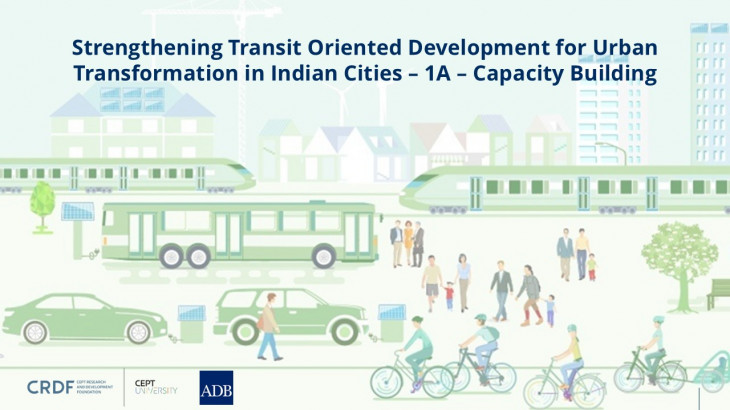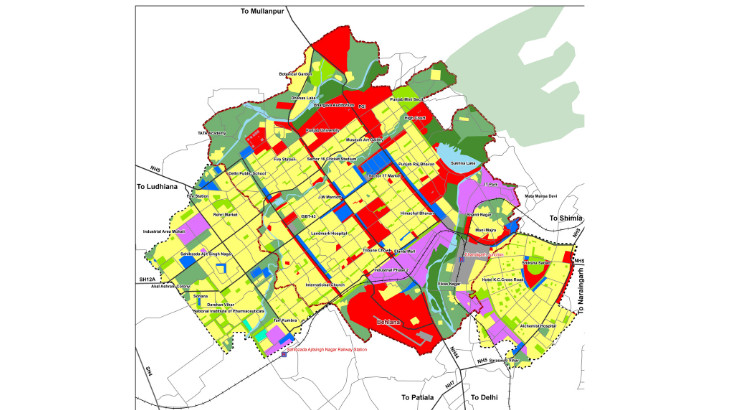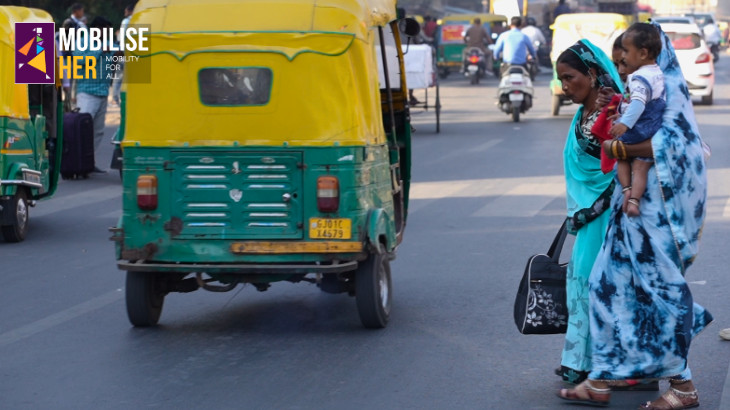
Service and Business Plan for City Bus Operations for two Cities Chandigarh and Mira Bhayandar under the World Bank – GEF assisted Efficient and Sustainable City Bus Services (ESCBS) Project

Project details
Ministry Of Housing And Urban Affairs (MoHUA) And World Bank
2020
Advisory Projects
CoE-UT
The Ministry of Housing and Urban Affairs, Government of India has awarded the Centre of Excellence in Urban Transport, CRDF to the study Efficient & Sustainable City Bus Services under which we need to prepare Service and Operation Plans of Bus Services of the two cities Chandigarh and Mira-Bhayandar. The main objective of the Service and Business Plan is “To optimise the effectiveness and viability of the public transport network and services in Chandigarh city”.
The project focuses on the following objectives:
Proposed Service Plan
The existing routes were analysed for the passenger demand, and load factor at different route segments. This along with demand patterns were used for modifying existing routes and proposing new routes. Some key principles adopted for proposing new routes are:
- Retain existing high demand PT routes to ensure no disturbance is caused to passengers on these routes.
- Connect neighbouring towns or sub urban areas with major city terminals/ nodes and provide frequent services to ensure good connectivity for the commuting population.
- Consolidate routes along major corridors to reduce the number of overlapping routes and simplify route structures.
- Based on the IPT and private vehicle demand pattern, provide routes in the major demand interaction zones.
- New routes to improve the coverage and provide complementary movement within city.
Business Plan
The trajectory of vision realisation and timeline is a function of agency’s intent and drive along with constraints like financial resources and land availability for infrastructure facilities. Hence, alternative scenarios were presented as part of the business plan, which the cities could choose and decide on an appropriate business strategy for bus services of the city. The strategy includes following components:
- Mode Share Realization
- Fleet Size and Mix
- Guiding Principles for Selection
- Depot Requirements
- Operating Model
- Proposed Fare Structure
- Source of Funding Management Structure
- Performance Indicators
It was discovred that improvising bus services alone will not be enough for enabling a shift towards PT. Several complementary measures would be required to facilitate the shift.
For more information, you may visit the following link
More Projects from CoE-UT

